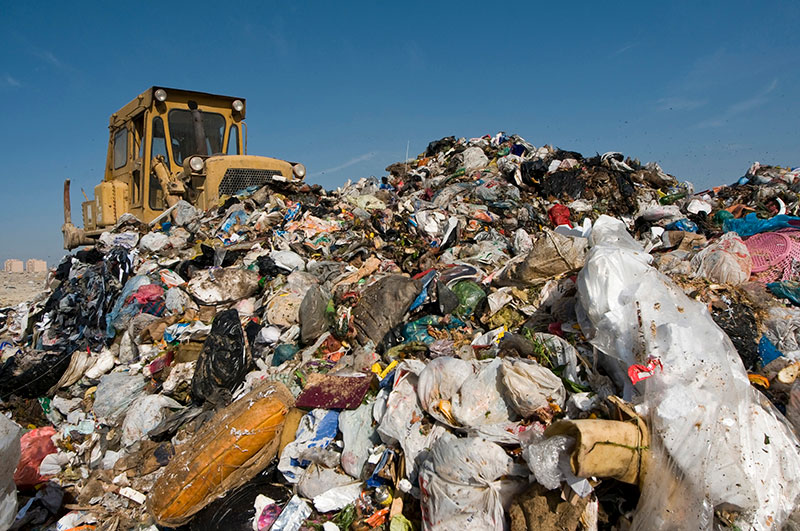Orange Park Junk Disposal
Production and characteristics of household waste in Orange Park

Household waste is understood to mean all the rubbish generated in households, such as as food or meal preparation waste, sweepings, household items, newspapers and various papers, small metal packaging, bottles, paper or plastic packaging, rags and other textile residues, etc. We include also plant waste from the maintenance of gardens, yards, etc.
Very often, we also assimilate to household waste other garbage in the insofar as they are similar in nature to household waste and produced by individuals in relatively close proportions. We can cite for example the w aste from offices, shops, crafts, administrations, halls,fairs, markets, communities such as canteens, maintenance of green spaces and roads as well as all objects and corpses of small animals abandoned on the public highway.
This enumeration formally excludes waste construction sites and public works (excavation, rubble, rubble, debris, etc.); industrial waste (in particular bulky metal, toxic or dangerous) and commercial products that do not meet the above criteria; hospital waste and other objects likely to convey bacteriological or medicinal pollution; all waste which, due of their size, weight or nature, could not be loaded in dumpster collection vehicles.
There are usually three fractions in household waste.
• The biodegradable fraction includes materials that can be degraded by the action of microorganisms in a determined period of time: plants, waste food, fruit, cellulose products and biodegradable plastics.
• The inert fraction includes materials which cannot be degraded by the action of microorganisms over a determined period of time: glass, stones, ceramics, non-biodegradable plastics, synthetic textiles, rubber, etc. This fraction causes more nuisance than chemical pollution.
• Contaminants are materials that release chemical contaminants (for example heavy metals) in the environment and which are not or only slightly biodegradable: batteries, non-ferrous metals, solvents, paints, oils, inks, materials (plasters, etc.) containing sulphates, etc.
In general, official statistics on production and composition of household waste in Orange Park are difficult to obtain and remain approximate. They are often based on non-exhaustive censuses of the population and summary assessment of the quantity and quality of waste collected. For to be reliable, the quantification of waste requires an organization based on a regular collection and systematic weighing of trucks and skips.
However, in certain urban areas, particularly those with low incomes, the collection waste, as long as it is effective, is not regular. Residents are not always aware that throwing waste in a dumpster can be a convenient and cheap way to discard their old junk and reduce polution. Added to this is the frequent absence of a weighbridge at the entrance to landfills, generally not controlled.
Likewise, the composition of the waste must be assessed while respecting strict sampling criteria to avoid extrapolating biased results, and therefore poorly forecasting waste management. In any case, these criteria must take into account the standard of living of waste producers as well as the season.
